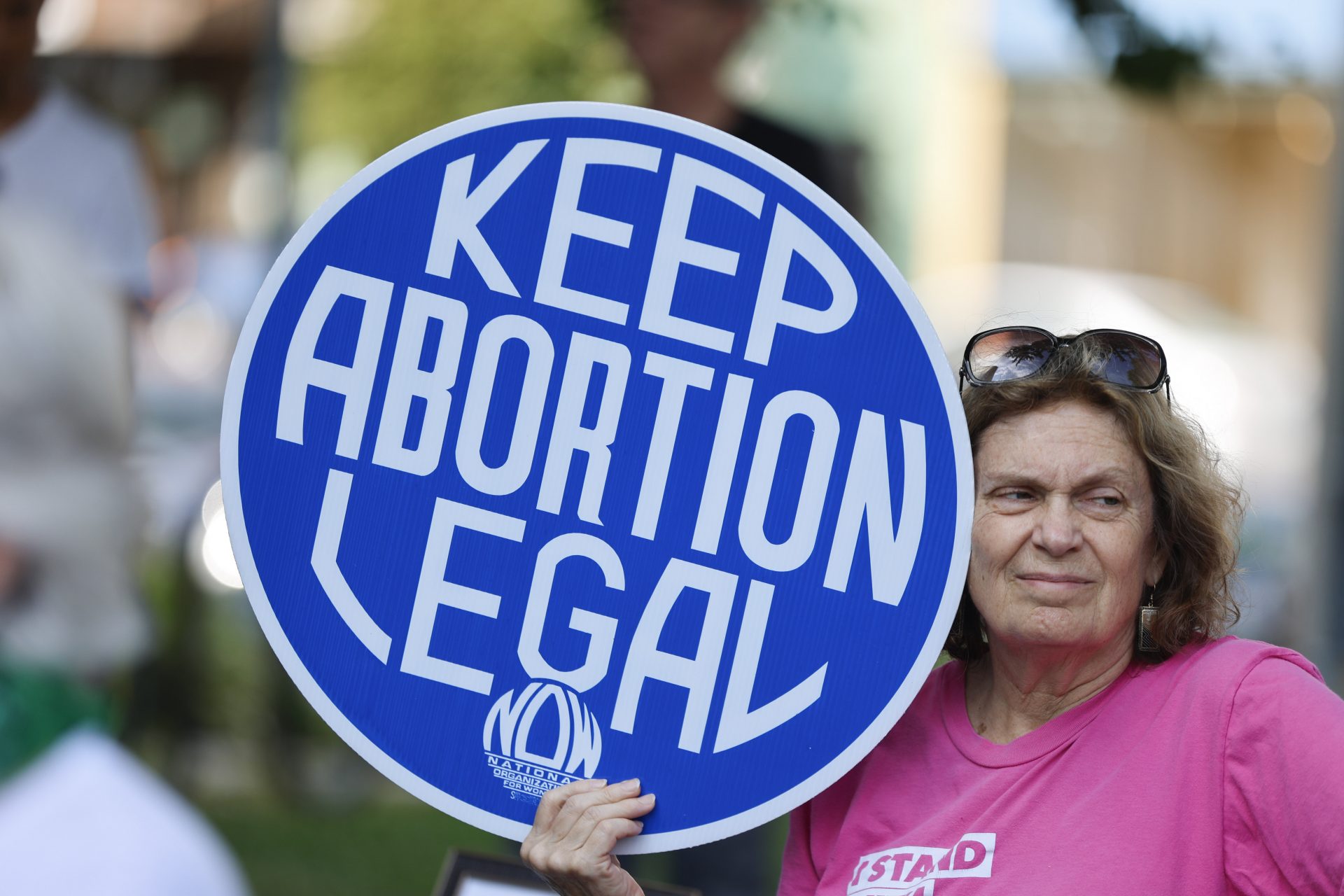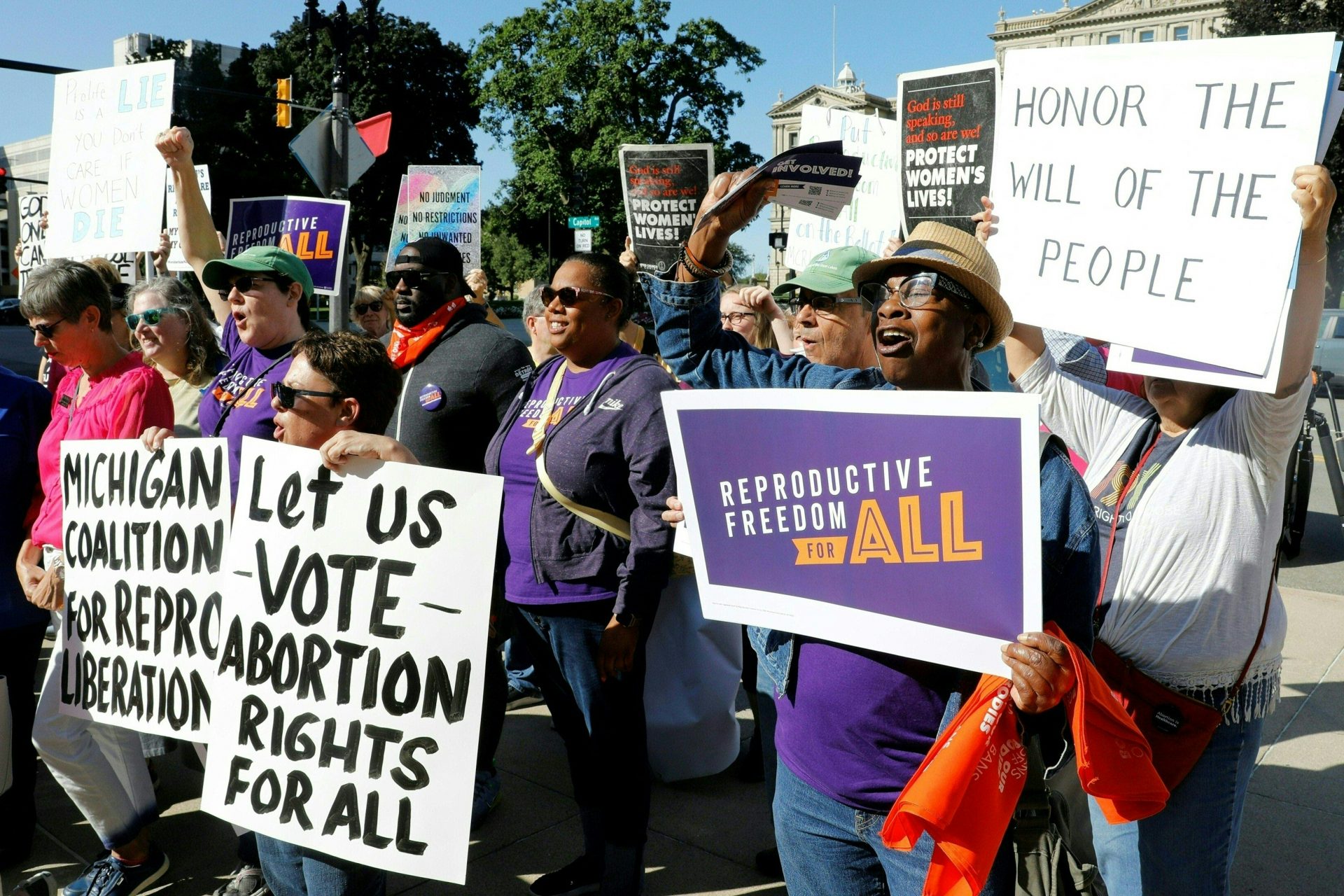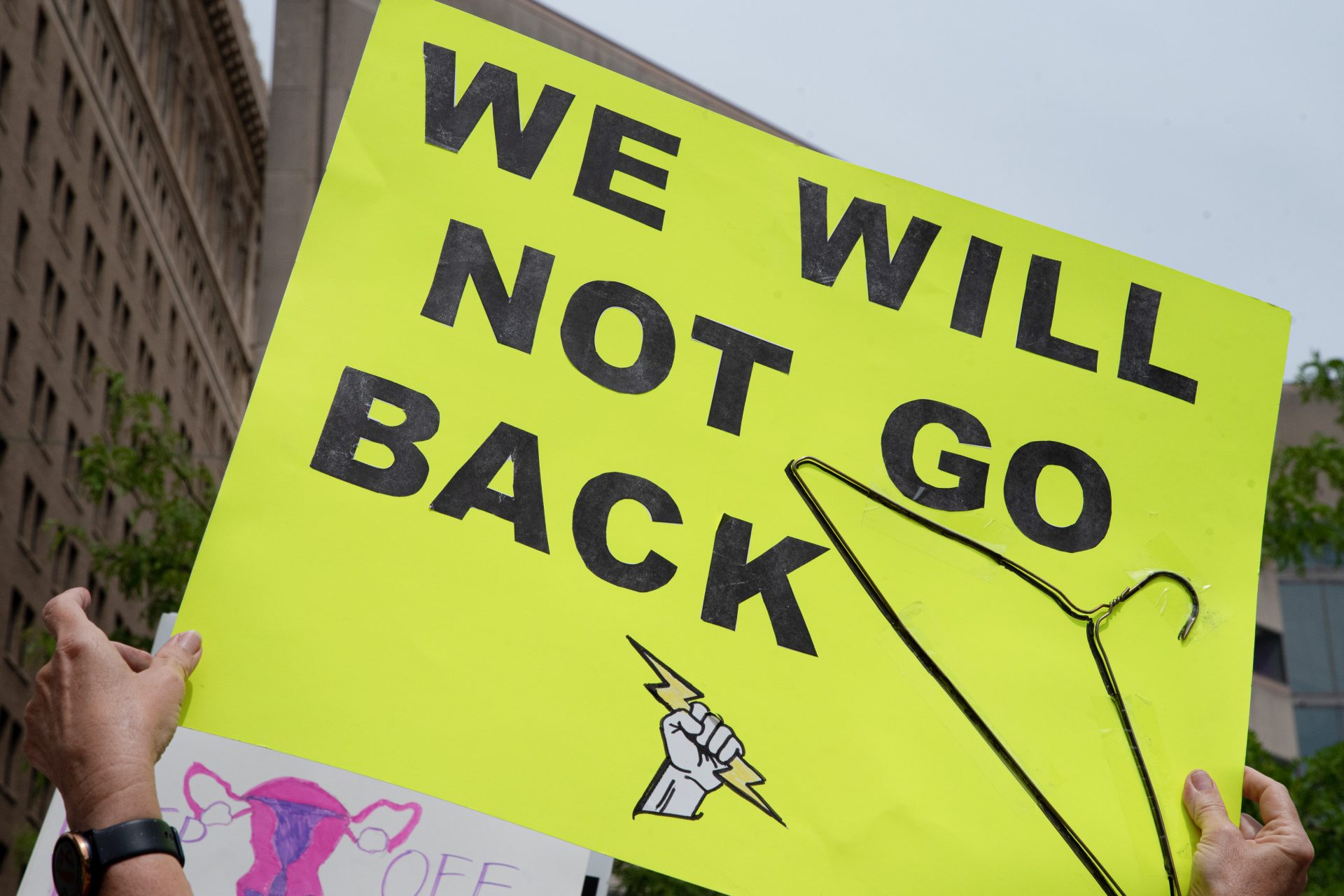Natality grew in the US states that banned abortion
Georgia Tech and Middlebury College reported a natality growth in 13 of the 14 states that banned abortion, one year after the US Supreme Court overturned Roe vs. Wade.
The study concluded that the abortion bane resulted in a 2.3% natality increase in these states. Caitlin Myers, one of the co-authors, told NPR that around 30,000 more babies were born.
The study looked into the birth data of 13 mostly southern states. Of those, eleven had trigger laws that went into effect immediately after the court decided on abortion rights.
The data came from Alabama, Arkansas, Idaho, Kentucky, Louisiana, Mississippi, Missouri, Oklahoma, South Dakota, Tennessee, Texas, West Virginia, and Wisconsin.
The only state with an abortion ban that felt out of the study was Indiana. The ban started in June 2023, so the researchers believe its effect on 2023 natality is insignificant.
Myers said the data analysis was complex because self-reported data on abortions can be unreliable, so it is hard to know precisely how many women wanted an abortion but had to continue with their pregnancies.
So, the researchers looked into the statistical predictions of the number of births expected in 2023 and compared it to the actual number while also considering the context of the growth.
Some women have access to alternative methods, such as traveling to another state with no ban or receiving mail-in abortion pills from outside their state.
That context was vital, Myers explained, to determine how many births could be attributed to the ban. It also showed that ban enforcement is unequal between states and women within a state.
To illustrate the idea, Myers used the example of Texas and Missouri. There is a very significant difference in the natality growth in these states.
Missouri had a 0.4% natality growth, while Texas' births increased by 5.1%, more than ten times Missouri's growth. According to the study, this has to do with driving distances.
Before the ban, Missouri had only one abortion clinic. It was in Saint Louis, so women had to drive just two more miles to Illinois for the procedure after the ban. Texans have to travel for hours.
Another excellent example is Mississippi, where natality grew by 4.4%. States with abortion bans surround it, so women would have to cross more than one to access the procedure.
The data shows that the ban did prevent some abortions, but mainly in vulnerable and poor women, Myers detailed. It primarily affected those who can't leave their jobs, don't have the means to travel to other states, or don't have access to request medication.
The CDC birth data confirms that hypothesis: The growth in natality affected mainly young women and Black and Hispanic women, Myers explained to NPR.
Another way to confirm that idea is to look at the nationwide abortion data. According to The New York Times, abortions grew in the US in 2023 despite the ban in 14 states.
The growth in states that protect access to abortion was high enough to tip the statistic scale towards an overall increase in abortions in the country.
The most significant increase was in states that border those with bans. Still, other states that protect this right also experienced a growth in abortions.
Illinois, which took in Missouri's abortions, experienced a 33% growth. In New Mexico, abortions increased by more than 60%. Florida, a state with less tight restrictions than its neighbors, experienced a 28% growth in abortions.
Researchers told the newspaper that the expansion of telemedicine, the assistance for women who traveled, and a surge of publicity in response to bans drove the growth.
Still, the data is a little incomplete because it doesn't consider other abortion alternatives, like ordering pills from other countries or crossing the border to Mexico.
More for you
Top Stories


































